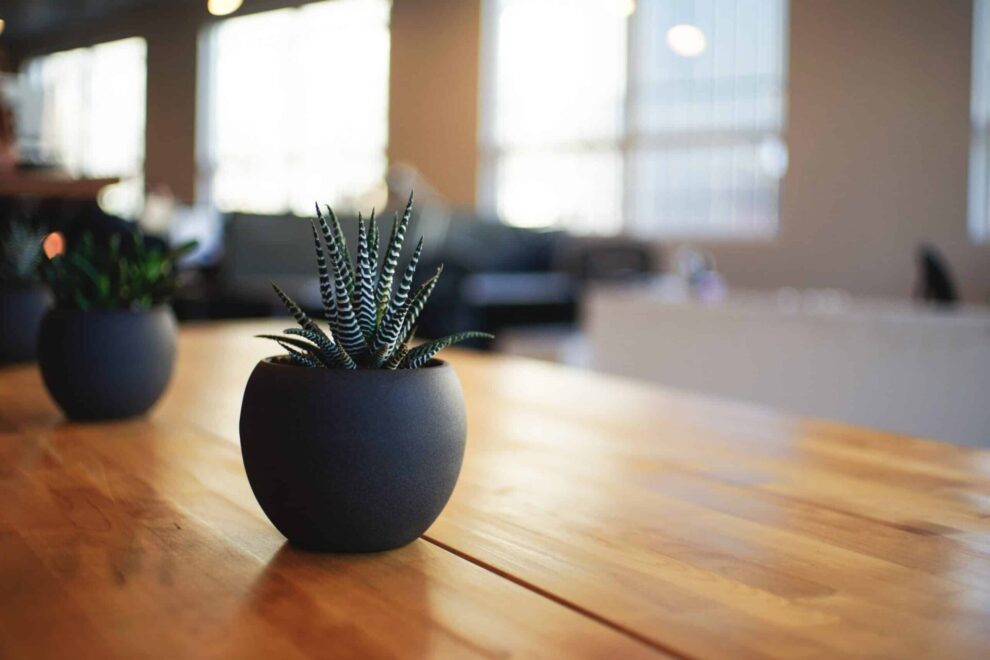When I think about potted plants, a fond memory comes to mind from the days when I first arrived in Costa Rica. I was staying on a farm in the highlands above Barva de Heredia, north of San José.
On a jaunt through el barrio, I discovered a humble wooden home that had been transformed into a virtual plant palace.
The owners had nailed recycled containers filled with plants all over the weather-beaten siding. The doña had such a green thumb that one didn’t even see the house for the flowers.
That was probably one of the best examples I’ve ever seen of how plants can beautify any home, and of the importance of reusing our disposable containers.
Every year, households accumulate numerous containers, such as discarded plastic buckets, milk jugs, paint cans and ice cream tubs that can serve as pots for houseplants and garden vegetables. With a little creative artwork, these waste products can be revived to serve as handsome plant containers, while helping to reduce our landfill problems.
Magic markers and some leftover paint are about all you need to decorate your containers. Scrap bamboo sections can also serve as natural holders for plants in plastic containers, creating a tropical look for your plant collection.
Five-gallon plastic buckets can be used to grow ferns, dwarf palms and foliage plants, as well as tomatoes and cucumbers. Smaller containers are perfect for a kitchen-window herb garden or any plants that suit your fancy. Here are some basic tips for container planting:
One of the most important elements for good plant growth is water. For some plants, such as ferns and foliage plants, the roots need a continual level of moisture. Misting these plants is also beneficial for their leaves. Other plants such as aloe vera and cacti require watering only once or twice a week.
When you purchase plants at a nursery, be sure to ask about the watering requirements of each plant. At home, set up a schedule for watering your plants that takes each plant’s needs into consideration. Once a month, soluble fertilizers can be dissolved into your watering can to feed your plants.
Be sure to apply the correct fertilizer for each plant’s requirements. Also be sure that your recycled containers have plenty of holes on the bottom to ensure good drainage.
As plants grow and age, their potting soil becomes depleted of nutrients and compacted, which prevents air circulation through the roots and results in poor growth and appearance. To keep your plants in good shape, change the potting soil every year.
Remove the old soil, prune back the roots and, if possible, use a larger pot to ensure new, healthy growth. Most nurseries carry prepared potting soil mixes. Many centers offer lombricompost or worm castings, which is the best potting soil your money can buy.
Or you can try making your own potting soil with this simple recipe that serves for a wide variety of container plants. For every wheelbarrow, use the following:
- 1/3 soil
- 1/3 sand
- 1/3 aged compost
- 1 cup lime, preferably dolomitic limestone
Light is also a major factor for plant health. The leaves of plants are much like solar panels, absorbing the sun’s energy and storing it in the form of dextrose through the process of photosynthesis.
Many annual flowering plants require full sun, at least during the morning hours, while foliage plants and ferns prefer partial shade. Take this important factor into consideration when planning your decoration with plants.
Sunny windows and porches on the east or southeast side of the house are the best locations for flowering plants, while foliage plants can be placed in shadier regions of the home. It’s also beneficial to periodically clean the leaves of foliage plants, since accumulated dust can interfere with the plant’s ability to photosynthesize.
Air can also play an important role in plant growth. Ferns and foliage plants require humid air, while flowering plants often achieve better growth in drier conditions, which prevent leaf diseases.
Usually, indoor plants suffer from few insect pests and diseases; however, small, soft-bodied insects can sometimes become a problem. Using a soapy water mix on your plants can usually take care of these problems. Nurseries carry friendly, natural insecticides for your indoor plants.
The product KILOL, which is made from the extracted oil of grapefruit seeds, is an excellent preventive spray against plant leaf diseases. This harmless spray can be applied once a month with your mister.
Although decorating with plants may require time and work, the results are well worth the effort. Most green-thumb gardeners know that tender, loving care is the best medicine for healthy, attractive plants. May the beauty of nature surround you every day!
Source : Ticotimes































